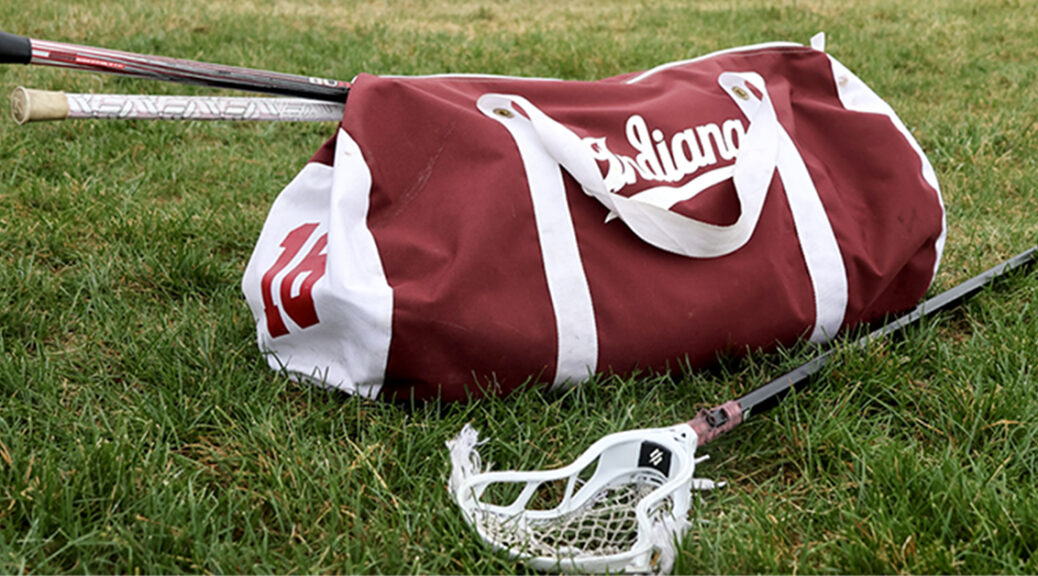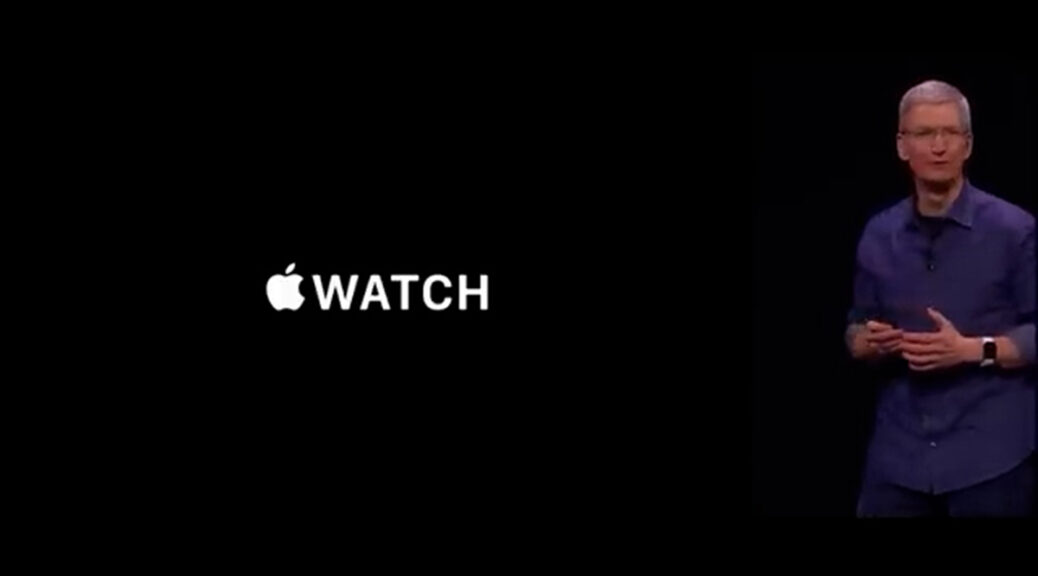The Hidden Cost of NIL: Stagnant Growth in Varsity Sports
The Hidden Cost of NIL: Stagnant Growth in Varsity Sports
By Oliver Carr, Aparna Krishnan, Liam Greene
BLOOMINGTON, IN (Nov. 5th, 2024)
As the sun begins to set over the Sembower Recreational Sports Complex, the golden sunlight highlights the mounting pressure that begins to take its toll on the Indiana University Lacrosse team. In the midst of a chaotic, lung-busting and end-to-end game, the undefeated Michigan State Spartans begin to assemble what looks like the game-winning attack. In that moment, IU buckles down and makes a crucial defensive stop, and as IU are urged on by a rowdy, and record breaking crowd of 300, they rush to counter-attack. With three seconds remaining on the clock, that crowd of 300 go crazy as IU scores to knock off the undefeated Spartans.
It’s a sporting moment in time, a moment that deserves so much more. More than the 300 diehard fans who stand in lieu of proper seating. It deserves more than to be played at the Sembower Recreational Sports Field, a nice field, but it’s a venue typically reserved for intramural sports. It’s a moment deserving of lights, cameras and reporters clamoring for interviews with the winning goalscorer. It’s a statement win, deserving of a NCAA Division Ⅰ program. Unfortunately, Division I programs aren’t formed from those moments of sporting magic, or the spirit of the players, it requires a variety of factors, chiefly among them student interest, and a whole lot of money.

While the lacrosse team doesn’t control IU’s athletic department finances, according to Logan LeGrett, a junior midfielder for IU Lacrosse, thinks they can certainly hold up their end of the deal, “Lacrosse is in a good spot to be elevated,” LeGrett said. “The team is good, and we’d be playing in the best conference.” One of the biggest roadblocks for any sport looking to elevate the need for brand new facilities. LeGrett recognized this and believed it to be a non-issue, “There’s not much specific to lacrosse that you need to add.” LeGrett said. “We can just use the soccer field, we play at odd times already, so we wouldn’t really cause them any problems.” Playing at the Bill Armstrong Stadium is a common dream among players and supporters alike, according to LeGrett, “Playing at the soccer stadium would be awesome, much nicer for us and the fans, nice field, nice facility.

So all that stands in the way of lacrosse’s ascension to NCAA Division I is money. Money that is now more scarce in the wake of the 2021 U.S Supreme Court decision about collegiate athlete’s name, image and likeness rights. (NIL) That money seems to be moving away from athletic departments, and into the hands of athletes. The vast majority of revenue comes from success in football and basketball, and athletic departments will need to pay to stay competitive. Galen Clavio, director of the National Sports Journalism Institute believes this to be a grim side effect of NIL, “The unfortunate truth is that most athletic departments now have to pay this $22 million a year in NIL money, and they have no additional revenue streams: all of the money is already spoken for,” Clavio said, “Which is probably going to result in a lot of cuts in athletic departments in what are perceived as non-essential areas.”

That’s not all, NIL is even causing those already spoken for revenue streams to start to dry up. Before NIL, donors, often referred to as boosters, would donate their money directly to the athletic departments. Those same boosters that once lined the pockets of athletic departments are now being funneled into NIL collectives, organizations that are ensuring that the prominent players make their money. Jeremy Gray, senior associate athletic director for strategic communications at Indiana University has witnessed this problem first hand. “The athletics departments feel a little hard done,” Gray said. “Their money is starting to dry up.”
What the future holds for collegiate sports in a world post NIL remains to be seen, but it’s already showing to have far reaching effects. For lacrosse, it’s made their outlook significantly dimmer in the new NIL landscape, but they’ll keep fighting to take their sport into the limelight of Division I. So for now, they’ll keep knocking off schools who seem to have much more to offer to their respective clubs, marauding around the country on their own dime and playing the sport they love. They’ll do it not for the money, but for the simple love of the feeling moments like scoring a last second winner bring to them.
Many people falsely claim that its destroying the integrity of college sports, and many blindly think its doing only good. In reality, NIL is an extremely complex issue, that has both positives and negatives.





